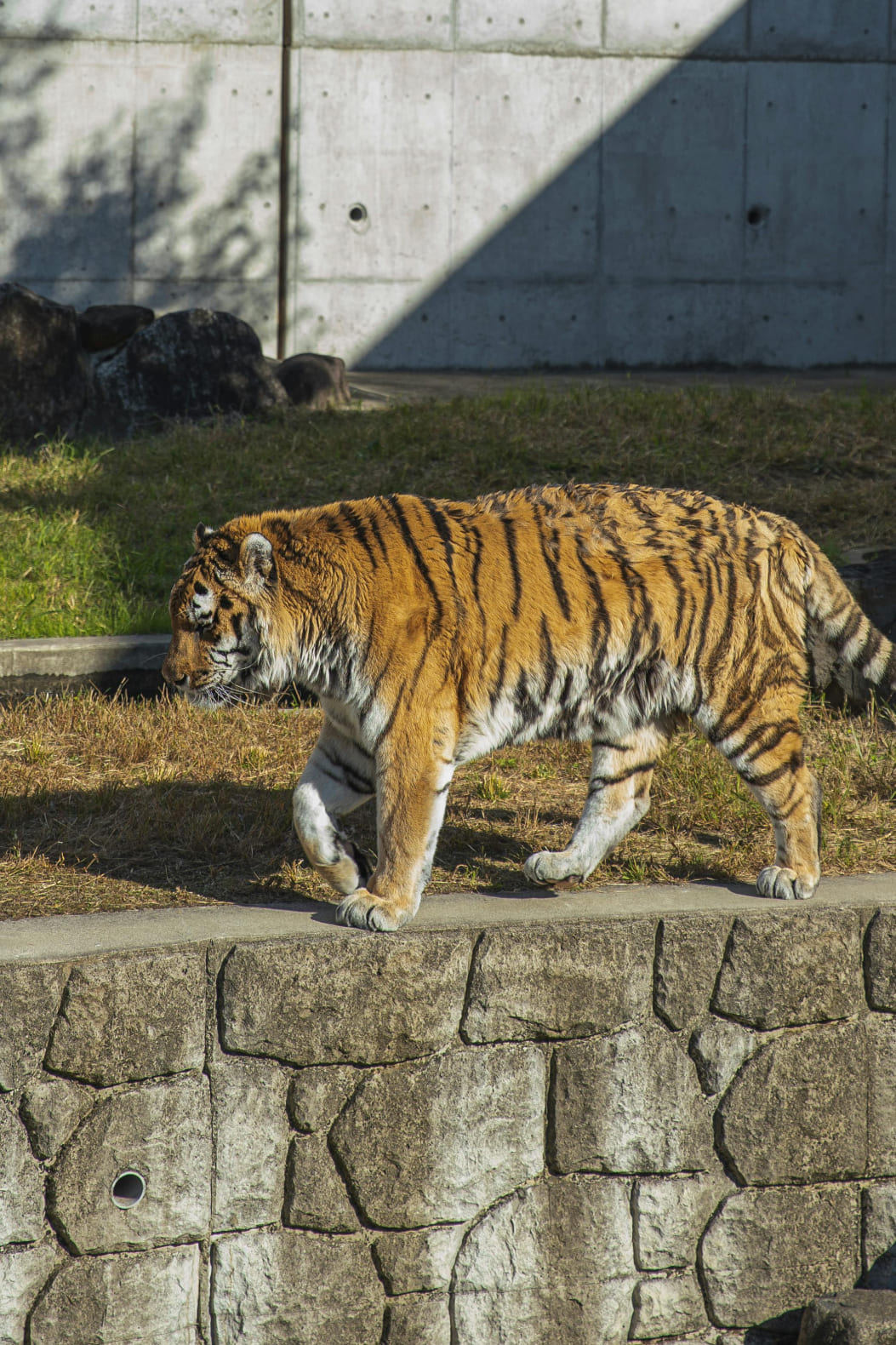
In recent years, zoo architecture has evolved significantly to create spaces that resemble animals’ natural habitats, promoting well-being and encouraging natural behaviors. Traditional enclosures have been replaced by immersive environments, such as savannas for African animals, dense forests for primates, and arctic terrains for polar bears. This approach benefits both animals and visitors: animals feel more at home, and visitors gain a better understanding of each species' natural environment. These thoughtfully designed spaces often include natural vegetation, water features, and topography that replicate the animals’ native surroundings. Some zoos even use cutting-edge technology, like temperature control and artificial rock formations, to recreate specific environments. By prioritizing habitat design, modern zoos demonstrate a commitment to animal welfare and provide educational experiences that are closer to nature.